Impact of Regulatory Changes
The wine market in Europe is subject to various regulatory changes that can significantly impact production and distribution. Recent adjustments in tariffs and trade agreements have created both challenges and opportunities for wine producers. For instance, the European Union's regulations on labeling and quality standards are becoming more stringent, which may require producers to invest in compliance measures. However, these regulations also aim to enhance consumer trust and product quality. In 2025, it is anticipated that compliance costs could rise by 10%, influencing pricing strategies within the wine market. Producers must navigate these changes effectively to maintain competitiveness.
Innovations in Wine Production
The wine market in Europe is being driven by technological advancements in wine production. Innovations such as precision viticulture, which utilizes data analytics and satellite imagery, are enhancing grape quality and yield. Additionally, the adoption of sustainable practices, including biodynamic farming, is gaining traction among producers. In 2025, it is estimated that 30% of European wineries will implement some form of technology to improve production efficiency. These innovations not only improve the quality of wines but also appeal to environmentally conscious consumers, thereby expanding the market reach of the wine market.
Growing Interest in Wine Tourism
The wine market in Europe is experiencing a notable increase in wine tourism, which appears to be a significant driver of growth. Regions such as Bordeaux, Tuscany, and the Rhine Valley are attracting millions of visitors annually, contributing to local economies. In 2023, wine tourism generated approximately €8 billion in revenue across Europe, indicating a robust interest in wine culture. This trend not only boosts sales for local wineries but also enhances brand visibility and consumer engagement. As more tourists seek authentic experiences, wineries are likely to invest in facilities and services that cater to this demand, further stimulating the wine market.
Health Consciousness and Wine Consumption
The wine market in Europe is witnessing a shift in consumer preferences towards healthier lifestyle choices. Research indicates that moderate wine consumption, particularly red wine, is associated with various health benefits, including cardiovascular health. This perception has led to an increase in the demand for organic and low-alcohol wines, which are perceived as healthier options. In 2024, the organic wine segment is projected to grow by 15%, reflecting a broader trend towards health-conscious consumption. As consumers become more aware of the health implications of their choices, the wine market is likely to adapt by offering products that align with these values.
Changing Demographics and Wine Preferences
The wine market in Europe is influenced by shifting demographics, particularly among younger consumers. Millennials and Generation Z are increasingly becoming the primary consumers of wine, with preferences leaning towards unique and diverse offerings. This demographic shift is prompting wineries to explore innovative blends and packaging options to attract younger audiences. In 2023, it was reported that 40% of wine consumers aged 18-34 prefer wines with distinct flavor profiles, indicating a departure from traditional choices. As these younger consumers continue to shape the market, the wine market must adapt to meet their evolving tastes and preferences.



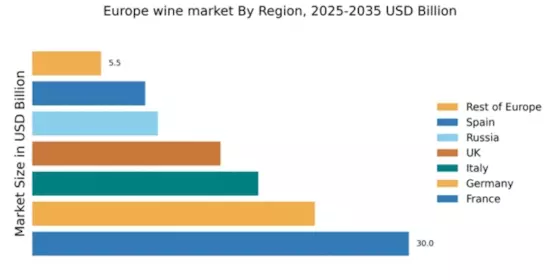


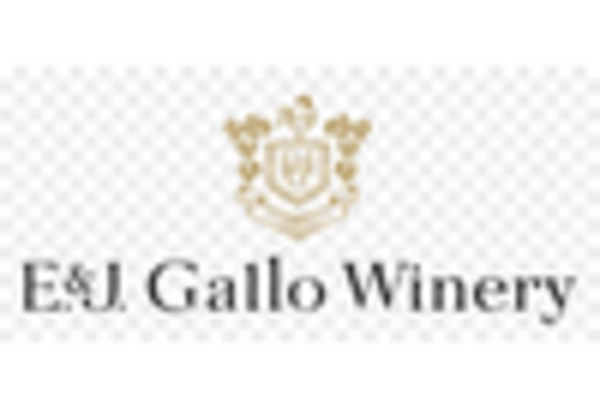
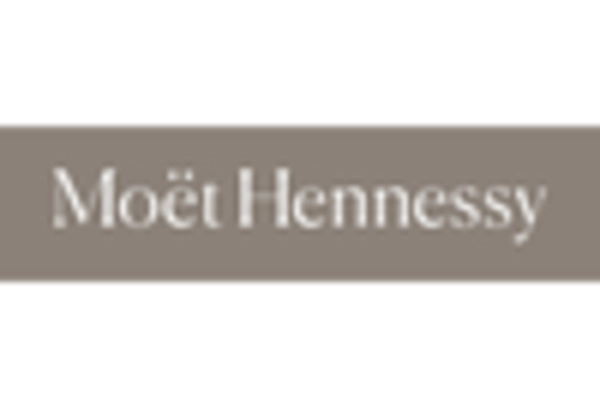
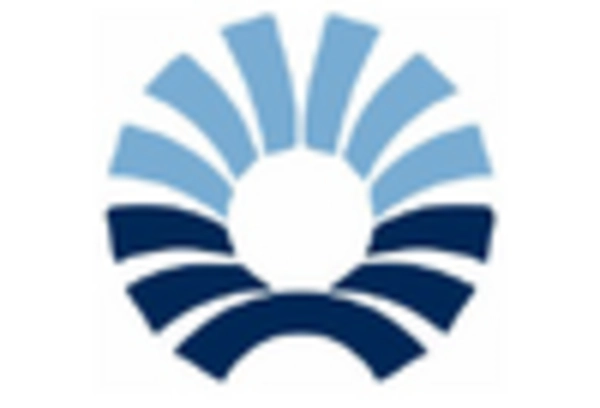
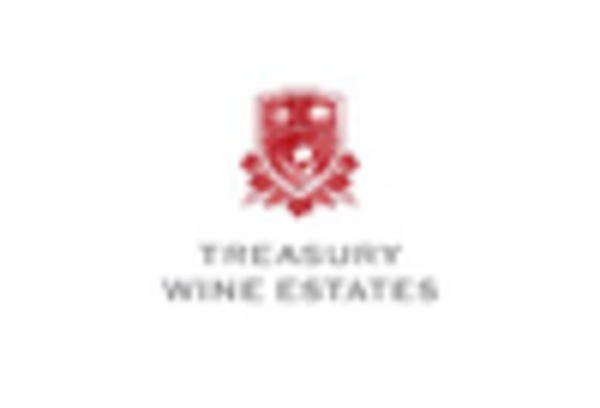








Leave a Comment